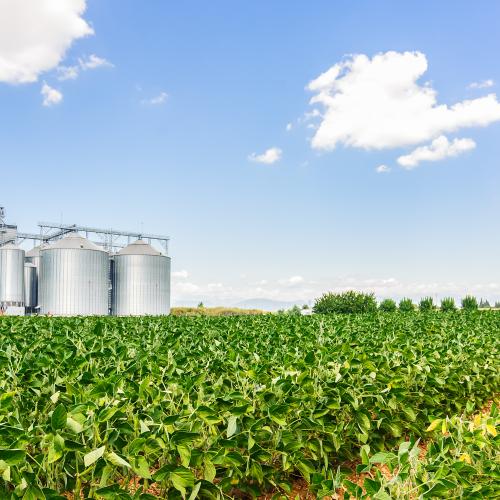The Association of Equipment Manufacturers (AEM) sales report for the month of June 2022 compared...
Scattered Rain Showers Return to Corn Belt

Following an incredibly dry June, early July saw the return of much-needed rainfall for parts of the corn-growing region. However, drought remains, and several key states still need moisture.
June was an extremely dry month across the U. S. Corn Belt, but just how dry was it? According to data from WeatherTrends360, this year, June for the Corn Belt as a whole trended the third driest in over 30 years and the driest since 2012.
States like Illinois, Indiana, Iowa, Minnesota, Missouri, and Michigan each recorded a top three driest June in 30-plus years with rainfall trending well below normal.
For some states like Iowa and Minnesota, this marks the fifth consecutive year with below average rainfall during the month of June. Some of the western Corn Belt states fared a little better during the month. From North Dakota to the Texas Panhandle, these states each saw areas of above normal rainfall for June. Generally, the eastern portions of these states trended drier while the western portions trended wetter.
Drought did expand elsewhere in the Corn Belt, but Texas, Oklahoma, Kansas, and Nebraska each saw areas of improvement. According to the National Drought Mitigation Center, the amount of U. S. corn growing in drought conditions grew from only 34% by the end of May to 67% by early July. This, however, was down three points from the week of June 27 when corn growing in drought reached 70%.
The first full week of July, week ending July 8, saw quite the mix of precipitation trends across the U. S. Corn Belt. The dry pattern was previously expected to shift as we headed into July and we’ve started to see just that.
Minnesota and Iowa trended once again drier than normal for that same week, scattered showers brought areas of 1-2 inches of weekly rainfall from Pennsylvania to Illinois, as well as from eastern South Dakota through Oklahoma. According to data from WeatherTrends360, the week ending on July 8 was the 14th wettest in 30-plus years for the Corn Belt overall, with precipitation trending close to average yet much less than last year for the same timeframe.
Mixed rainfall showers continued during the week ending on July 15. While much of the Corn Belt received at least some amount of moisture. Temperatures for this week are forecast to trend cooler than normal on average, but a couple days mid-week could trend slightly warmer than normal.
EDITOR’S TAKE:
For many farmers and ranchers, the “million-dollar rains”, as they are commonly referred to, came just in the nick of time. Weather patterns seem to be more “normal” again which should be a plus for the remainder of the growing season. According to USDA and commodity experts, we can expect an abundant crop of corn and soybeans, despite the early drought conditions in some areas. Most farmers/ranchers today are pretty savvy when it comes to marketing and pricing their crop. It would not be surprising if we learn that many of them took advantage of price run ups during the dry weather. We predict that agriculture overall will have another very good year financially in 2023. Best to put your inventory on AgTruckTrader.com today if you haven’t already done so. Farmers and ranchers will be looking and kicking tires soon!






-1.jpg?height=200&name=John%20Deere%20harvest%20scene%202_0%20(2)-1.jpg)

